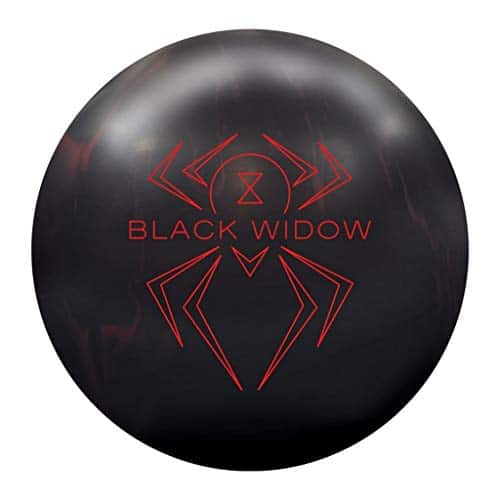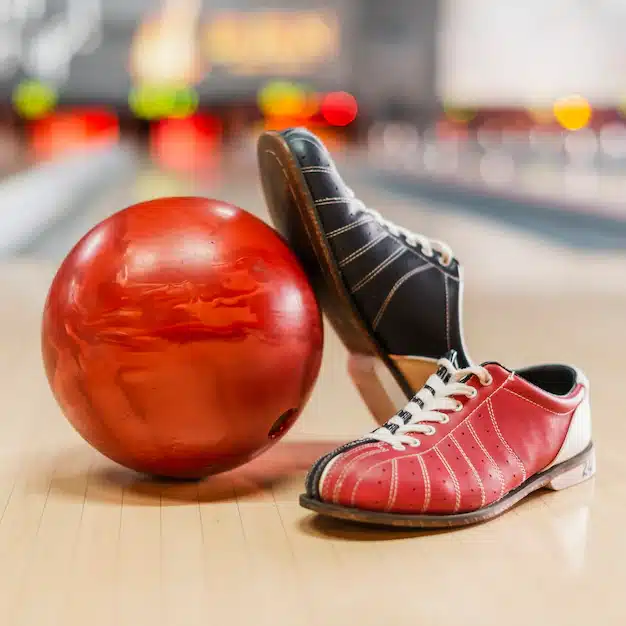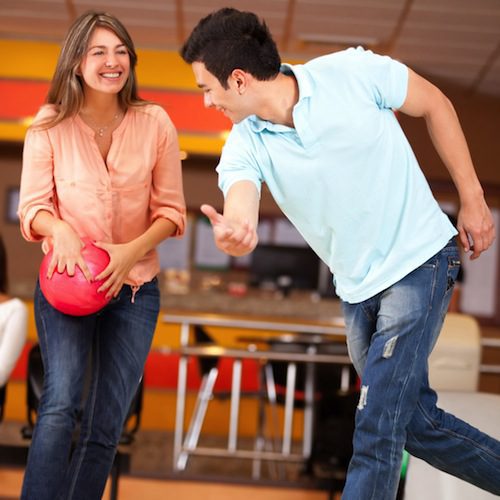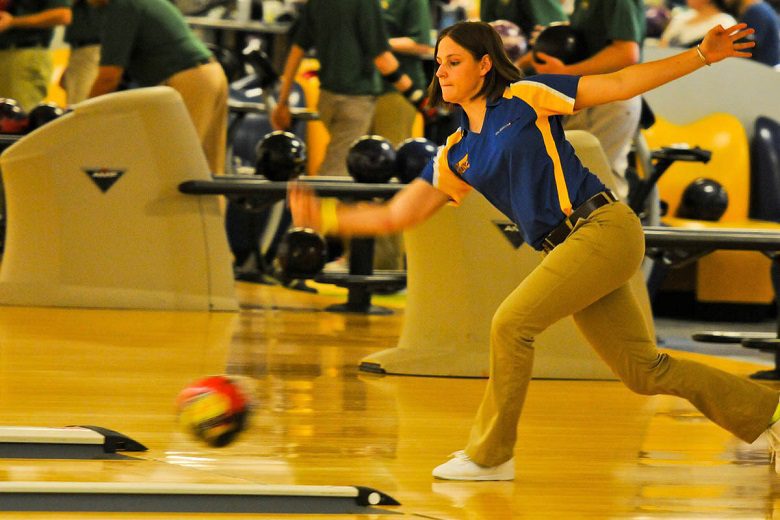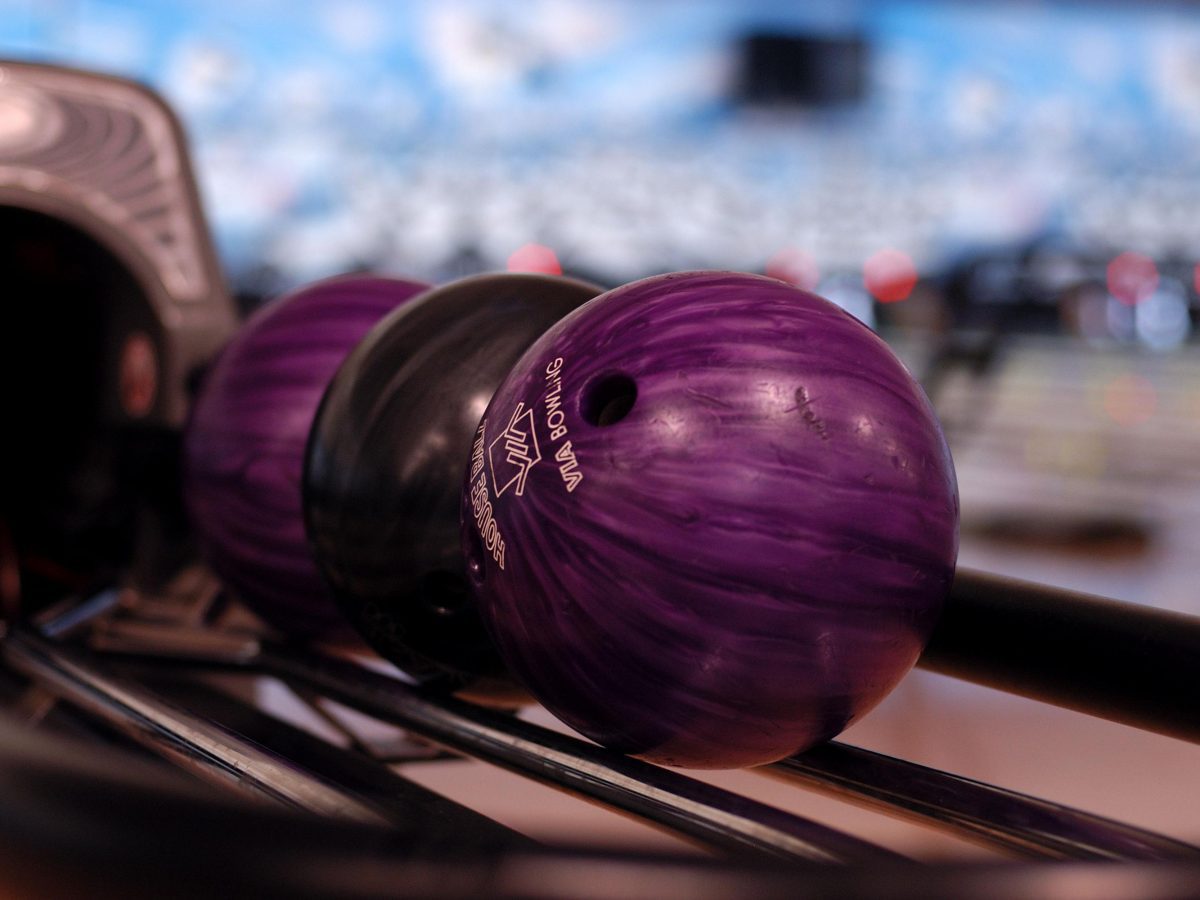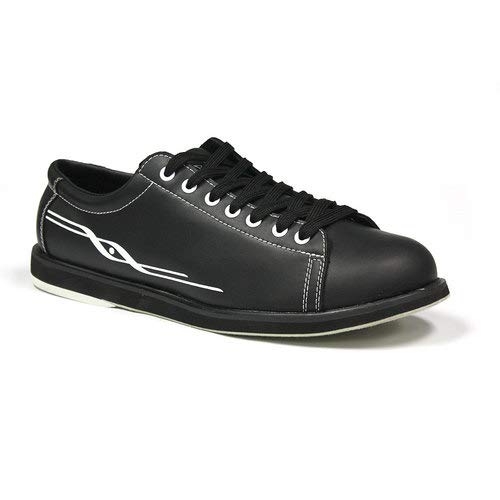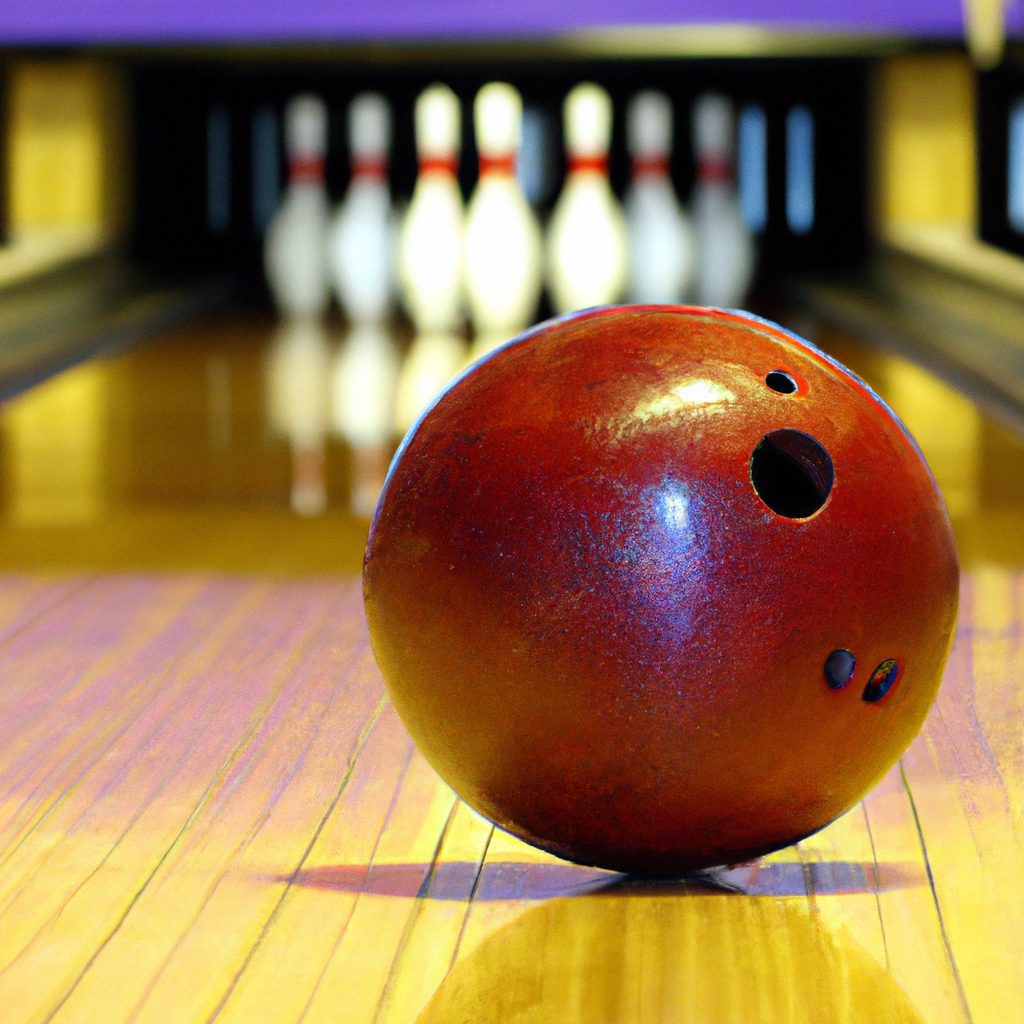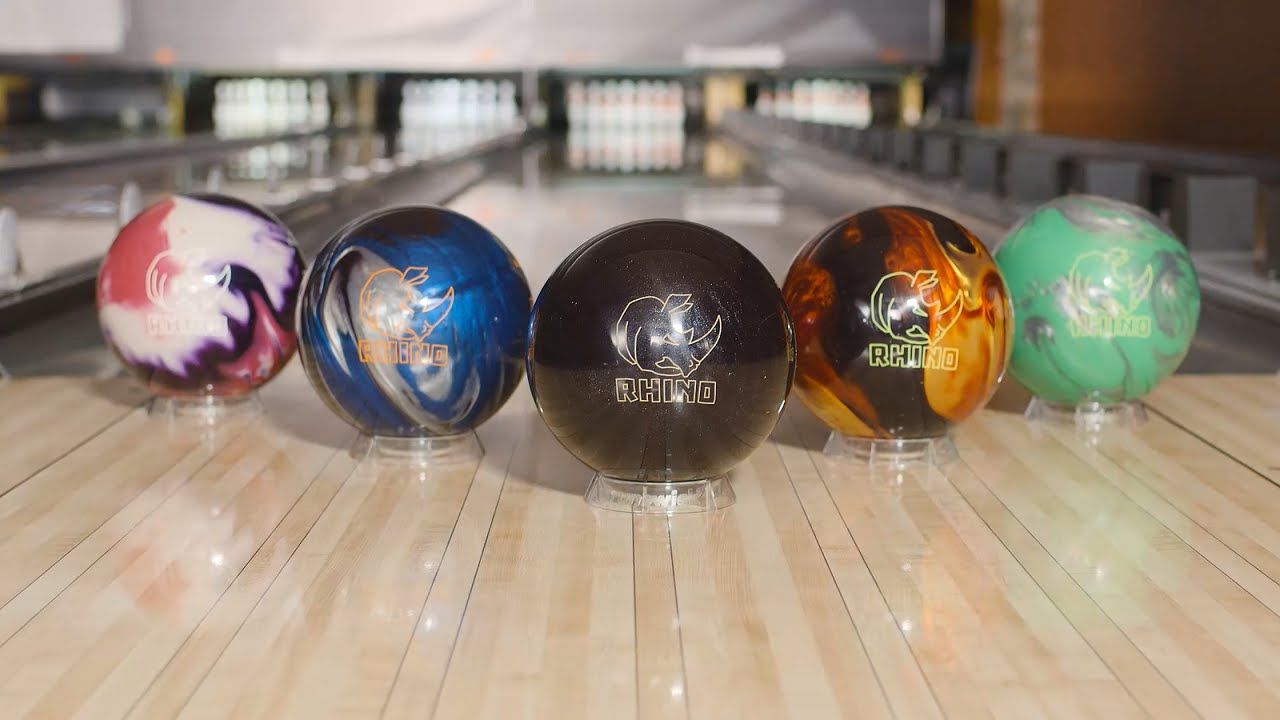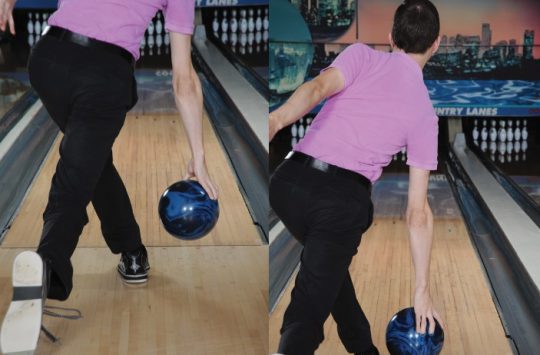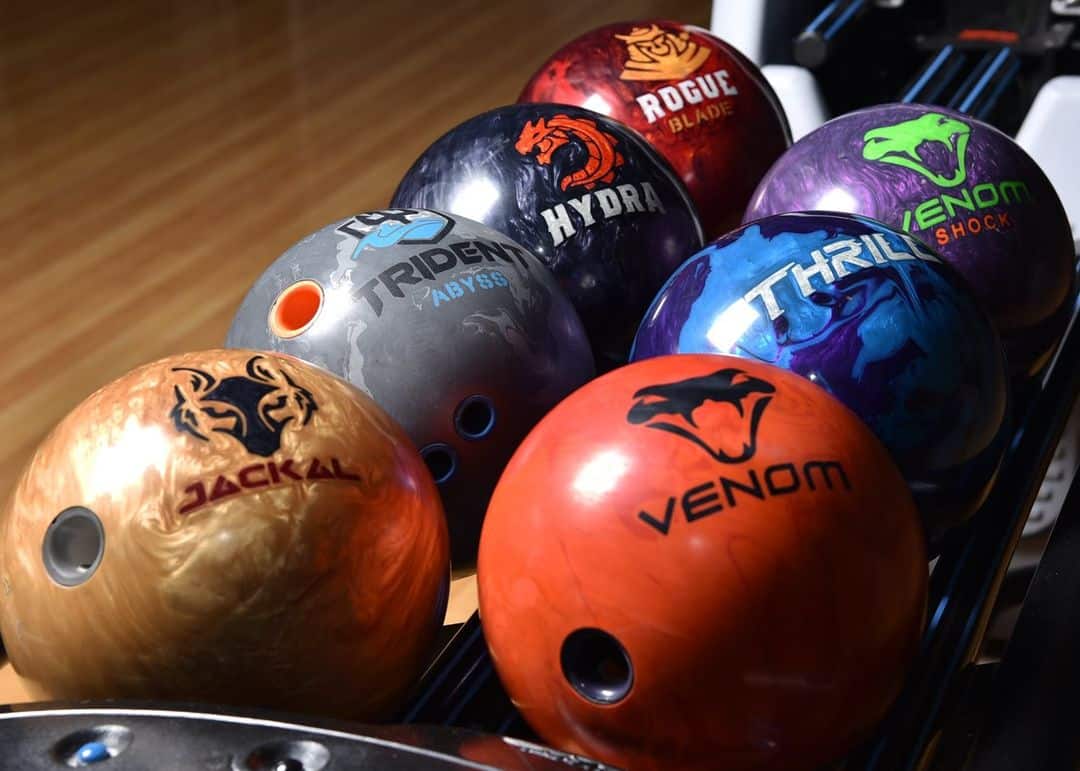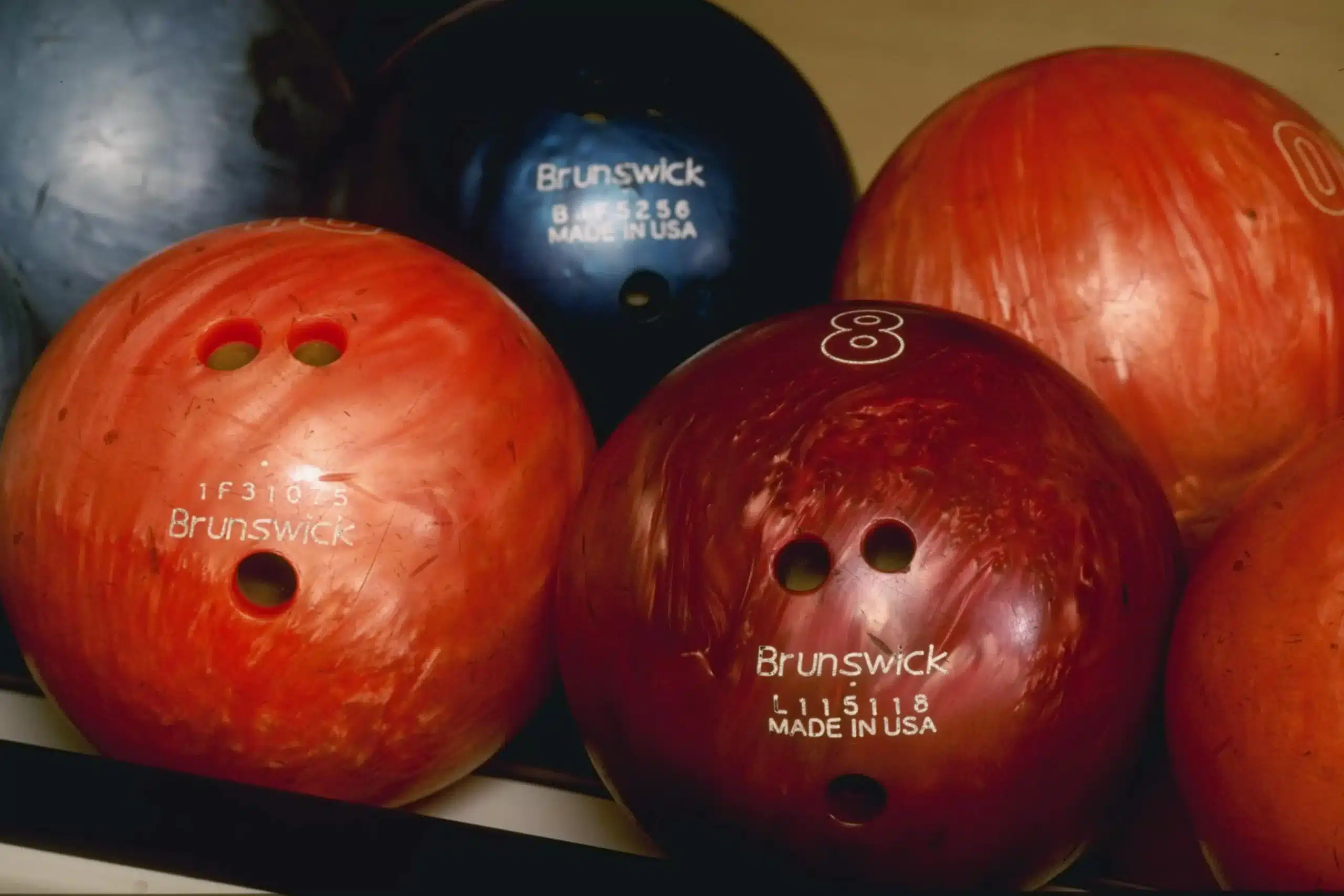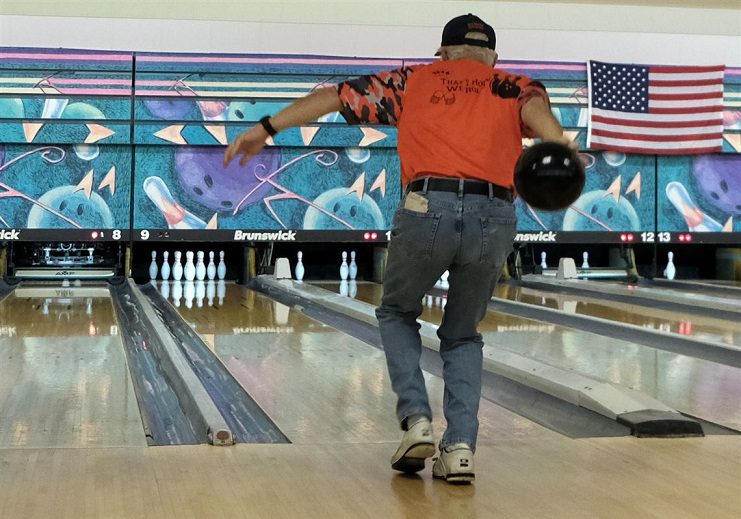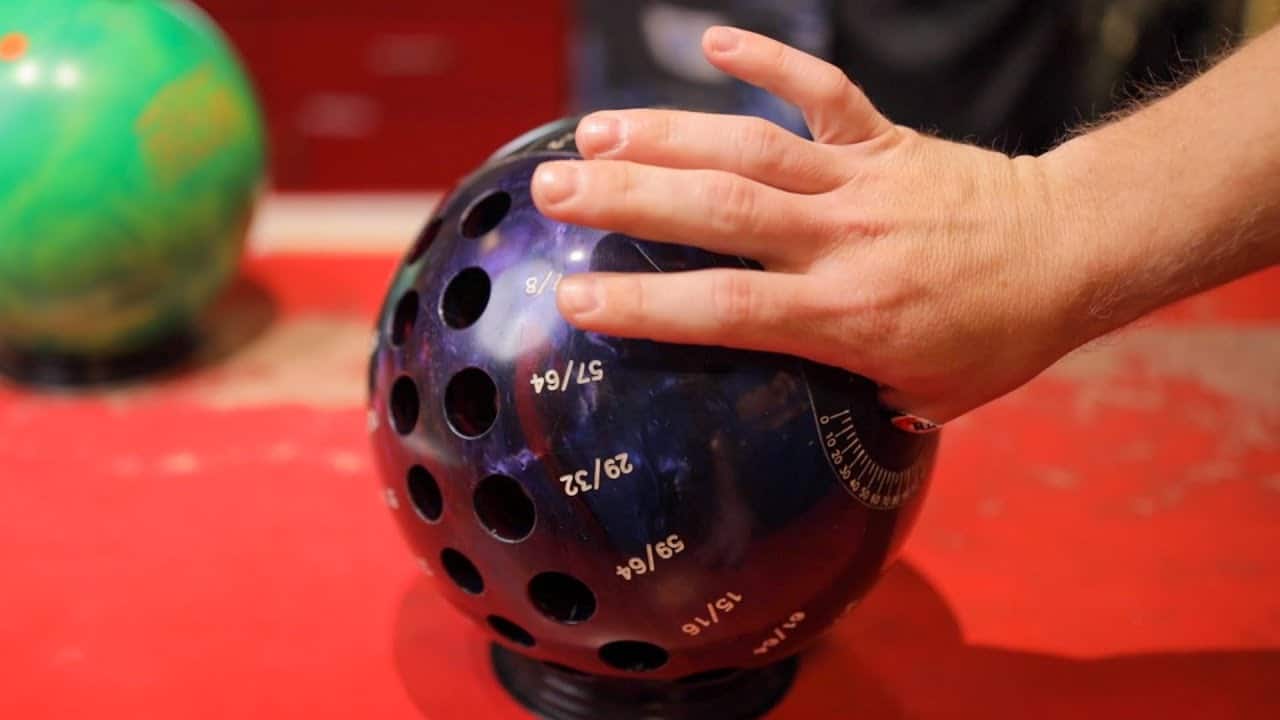Bowling enthusiasts, listen up! In the pursuit of improving our bowling game, we often focus on techniques, strategies, and equipment, but have you ever thought about the importance of strengthening your bowling hand? The key factor that can significantly impact your performance lies in the strength of your hand and wrist. This article will explore the various hand strengtheners available that can help you enhance your power, control, and ultimately, boost your overall bowling effectiveness. Prepare to discover a world of strengthened technique and improved bowling skills!
Review contents
Hand Strengtheners: An Introduction
Welcome to our comprehensive guide on hand strengtheners for bowling! As avid bowlers ourselves, we understand the importance of having strong hands and wrists in order to consistently deliver powerful and accurate throws. In this article, we will explore the benefits of using hand strengtheners, discuss various types of hand strengtheners specifically designed for bowling, and provide you with a variety of exercises to help you improve your grip, wrist, forearm, and finger strength. So, let’s get started on this journey to enhance your bowling performance!
Understanding the Importance of Hand Strengthening for Bowling
Bowling, being a sport that heavily relies on the grip and release of the ball, demands significant hand strength. When you have a solid and powerful grip, you are able to generate more force and control the ball’s trajectory with precision. Hand strengthening exercises not only augment your grip strength, but they also enhance the stability of your wrist and forearm, reducing the risk of injuries. Moreover, stronger hands allow you to maintain control throughout your swing, resulting in increased accuracy and consistency. By incorporating hand strengtheners into your training regimen, you can experience substantial improvements in your overall bowling performance.
Benefits of Using Hand Strengtheners
Using hand strengtheners for bowling offers a multitude of benefits. Firstly, they help increase your gripping power, allowing you to hold the ball more securely. A stronger grip translates into greater control over the ball, enabling you to better manipulate its direction and speed. Additionally, hand strengtheners improve joint stability and flexibility, which in turn mitigates the chances of developing common bowling-related injuries, such as wrist sprains or strains. By engaging in regular hand strengthening exercises, you will notice enhanced endurance in your hands and forearms, enabling you to maintain your game at a high level throughout the bowling session. Overall, incorporating hand strengtheners into your training routine not only enhances your performance, but also contributes to the longevity of your bowling career.
Types of Hand Strengtheners for Bowling
There are several types of hand strengtheners specifically designed to target different areas of the hand, wrist, forearm, and fingers. By incorporating a variety of these strengtheners into your training routine, you can develop a well-rounded grip strength. Let’s explore some of the most effective types of hand strengtheners for bowling:
Grip and Wrist Strengtheners
One popular type of hand strengthener for bowling is squeeze balls. These small, portable balls are typically made of foam or rubber and can be squeezed repeatedly to engage the muscles in the hand and forearm. Regular use of squeeze balls improves grip strength and enhances finger flexibility, making it an excellent warm-up exercise before bowling.
Another effective grip strengthening device is the grip trainer. Grip trainers consist of a handle with springs or adjustable resistance settings. By repeatedly squeezing the handle, you can target and strengthen the muscles in your hands and forearms. They come in various resistance levels, allowing you to gradually increase the intensity of your workouts as your grip strength improves.
Wrist rollers are another great tool for hand and wrist strengthening. Consisting of a rod with a weight attached to one end and a handle on the other, wrist rollers are used by winding the weight up or down the rod, thereby exercising the muscles responsible for wrist flexion and extension. Regular use of wrist rollers helps improve wrist strength and stability, leading to more controlled and powerful bowling throws.
Finger resistance bands are excellent for strengthening the individual fingers. These bands are available in different resistance levels and can be stretched and flexed using each finger separately or in combination. Using finger resistance bands not only targets the finger muscles, but also enhances grip strength and finger dexterity.
Forearm Strengtheners
Engaging in forearm strengthening exercises is crucial for improving your overall hand strength. Wrist curls are a popular exercise that targets the muscles responsible for flexing and extending the wrist. Using a dumbbell or a barbell, you can perform wrist curls by resting your forearms on a bench and curling the weight up and down using only your wrists. This exercise strengthens the muscles in the forearms, leading to increased power and control in your bowling throws.
Reverse wrist curls are the perfect counterpart to wrist curls, focusing on the muscles responsible for wrist extension. By performing reverse wrist curls, you can strengthen the extensor muscles in your forearms, helping to prevent imbalances and injuries.
Forearm grip tools, such as grip strengtheners or grippers, are specifically designed to target the muscles responsible for gripping. These tools can be easily adjusted to match your strength level and can be used to perform repetitive squeezing exercises, effectively strengthening your forearm muscles.
Deadlifts and rows are compound exercises that engage multiple muscle groups, including those in your forearms. Incorporating these exercises into your workout routine will not only build forearm strength, but also develop overall body strength and stability.
Finger and Hand Extensor Strengtheners
Finger bands are excellent tools for strengthening the muscles responsible for finger flexion and extension. These bands are typically made of rubber and can be wrapped around each finger individually or across all fingers. By simply opening and closing your fingers against the resistance of the band, you can effectively target and strengthen the finger muscles.
Hand extensor exercises help balance out the muscles in your hand and forearm by targeting the muscles responsible for finger extension. One effective exercise is finger push-ups, where you place your fingers on a flat surface and attempt to raise your palm off the ground. This exercise engages the extensor muscles and promotes overall hand strength.
Rubber band finger extensions are a simple yet effective way to strengthen your fingers. By wrapping a rubber band around your fingers and then spreading them apart, you can engage the muscles responsible for finger extension and improve your overall finger strength.
Grip Training Tools
In addition to the aforementioned hand strengtheners, there are several grip training tools available that specifically focus on strengthening the hand muscles.
Grip trainers are small portable devices that feature adjustable resistance. By squeezing the handles together, you can effectively target and strengthen the muscles in your hands and forearms.
Hand grippers are similar to grip trainers, but they consist of two individual handles that must be squeezed together using only the fingers and palm. By using hand grippers regularly, you can develop exceptional grip strength and endurance.
Finger exercisers are compact devices that feature individual finger buttons. By pressing down on each button, you can isolate and strengthen specific fingers, contributing to a well-rounded grip strength.
Metal grippers are heavy-duty hand strengtheners that require significant force to close. These grippers are designed for advanced users who have already developed substantial hand strength. By consistently training with metal grippers, you can push your grip strength to new heights.
Role of Resistance Training
Resistance training plays a significant role in hand strengthening for bowling. By gradually increasing the resistance placed on your muscles, you can continually challenge and improve your grip strength. Let’s take a closer look at the role of resistance training:
Understanding Resistance Training for Bowling Hand Strengthening
Resistance training involves using external forces, such as weights or resistance bands, to create resistance that the muscles must overcome. This type of training stimulates muscle growth, increases muscle endurance, and improves overall strength. Incorporating resistance training into your hand strengthening routine can significantly enhance your grip strength and help you generate more power in your bowling throws.
Using Resistance Bands
Resistance bands are an excellent tool for resistance training, as they provide constant tension throughout the exercises. You can use resistance bands to perform a variety of hand strengthening exercises, such as finger flexion and extension, wrist curls, and finger resistance band exercises. By incorporating resistance bands into your routine, you can effectively challenge and strengthen your hand and forearm muscles.
Progressive Overload Techniques
Progressive overload is a fundamental principle of resistance training that involves gradually increasing the demand placed on your muscles over time. By progressively increasing the resistance, volume, or intensity of your exercises, you challenge your muscles, stimulate growth, and enhance your strength. Applying progressive overload techniques to your hand strengthening exercises allows you to continuously make progress and reach new levels of grip strength.
Hand Strengthening Exercises
Now that we have explored various types of hand strengtheners and the importance of resistance training, let’s dive into some specific hand strengthening exercises that will help you develop a robust grip, forearm strength, and finger dexterity.
Wrist Flexion and Extension
- Sit on a chair with your forearm resting on a table and your palm facing up.
- Grab a dumbbell or a barbell with an underhand grip.
- Keeping your forearm stable, curl your wrist upward as much as you can.
- Slowly lower the weight back down, extending your wrist.
- Repeat for the desired number of repetitions, then switch to the other hand.
Finger Flexion and Extension
- Place your hand flat on a table or any flat surface with your palm facing down.
- Starting with your index finger, lift it off the surface while keeping your other fingers in contact with the table.
- Lower your index finger back down and repeat with the rest of your fingers, one at a time.
- After completing the exercise, try performing it with your palm facing up to target different finger muscles.
Wrist Pronation and Supination
- Sit on a chair with your forearm resting on a table and your palm facing down.
- Hold a dumbbell or a barbell with an overhand grip.
- Rotate your wrist outward (supination), trying to keep your forearm stable.
- Slowly rotate your wrist back inward (pronation) to the starting position.
- Repeat the movement for the desired number of repetitions, then switch to the other hand.
Gripper Squeezes
- Hold a hand gripper in your hand, positioning it across your fingers and palm.
- Squeeze the handles of the gripper together using only your fingers and palm, exerting maximum force.
- Hold the squeeze for a few seconds, then slowly release the tension.
- Repeat for the desired number of repetitions, gradually increasing the resistance of the gripper as your strength improves.
Balance and Coordination Exercises
In addition to strength exercises, it is essential to include balance and coordination exercises in your hand strengthening routine. These exercises help develop fine motor skills, improve hand-eye coordination, and enhance overall control during your bowling throws. Here are a few examples of balance and coordination exercises that you can incorporate:
Tennis Ball or Balloon Squeezes
- Hold a tennis ball or balloon in your hand.
- Gently squeeze the ball or balloon, applying a constant but light pressure.
- Release the squeeze and repeat the exercise for the desired number of repetitions.
- This exercise helps improve grip control and finger dexterity.
Finger Walking
- Place your hand flat on a table with your palm facing down.
- Lift each finger individually, starting with your thumb, and move it forward as if it was “walking.”
- Repeat the “walking” motion with each finger, aiming for coordinated and controlled movement.
Coin Flips
- Place a coin flat on a table or any flat surface.
- Using your thumb and index finger, try to flip the coin onto the back of your hand.
- Repeat the motion, trying to catch the coin with your other hand on each flip.
- This exercise improves finger control and hand-eye coordination.
Glass Stack
- Place a stack of small cups or glasses on a table in front of you.
- Using only one hand, carefully stack the glasses on top of each other.
- Gradually increase the height of the stack as your control and coordination improve.
- This exercise enhances your ability to manipulate objects with precision and control.
Tips for Effective Hand Strengthening
While incorporating hand strengtheners and exercises into your training routine is beneficial, it is essential to keep in mind a few tips for effective and safe hand strengthening:
Consistency is Key
- Consistency is crucial when it comes to hand strengthening. Set aside dedicated time each week to focus on your hand exercises and stick to your routine. Consistent practice will yield better results and help you progress in your hand strengthening journey.
Avoid Overexertion
- Pushing your limits is important for improvement, but it is crucial to listen to your body and avoid overexertion. Know your limits and gradually increase the intensity and resistance of your exercises. Overexertion can lead to injuries and hinder your progress.
Proper Form and Technique
- Pay close attention to your form and technique during hand strengthening exercises. Using the correct form ensures that you are targeting the right muscles and reducing the risk of injury. If you are unsure, seek guidance from a qualified coach or trainer.
Gradual Progression
- Gradually progress your hand strengthening exercises over time. Start with lighter resistance or smaller ranges of motion, and as your strength improves, increase the intensity by adding more weight or resistance. Push yourself, but within your limits.
Warm-up and Cool-down
- Prior to engaging in hand strengthening exercises, always warm up by performing gentle stretches and movements to prepare your muscles and joints. After your workout, cool down by performing light stretching exercises, helping to prevent muscle soreness and promote recovery.
Conclusion
Hand strengtheners play a vital role in enhancing your bowling performance by improving grip strength, wrist stability, forearm strength, and finger dexterity. By incorporating a variety of grip and wrist strengtheners, forearm strengtheners, finger and hand extensor strengtheners, and grip training tools into your training routine, you can develop a well-rounded grip strength that will help you deliver powerful and accurate throws consistently. Don’t forget to combine your hand strengthening exercises with balance and coordination exercises to improve fine motor skills and hand-eye coordination. Remember, consistency in your training, proper form and technique, gradual progression, and a commitment to regular hand strengthening exercises will lead to remarkable improvements in your bowling game. So, grab those hand strengtheners and start your journey towards a stronger and more successful bowling performance today!










